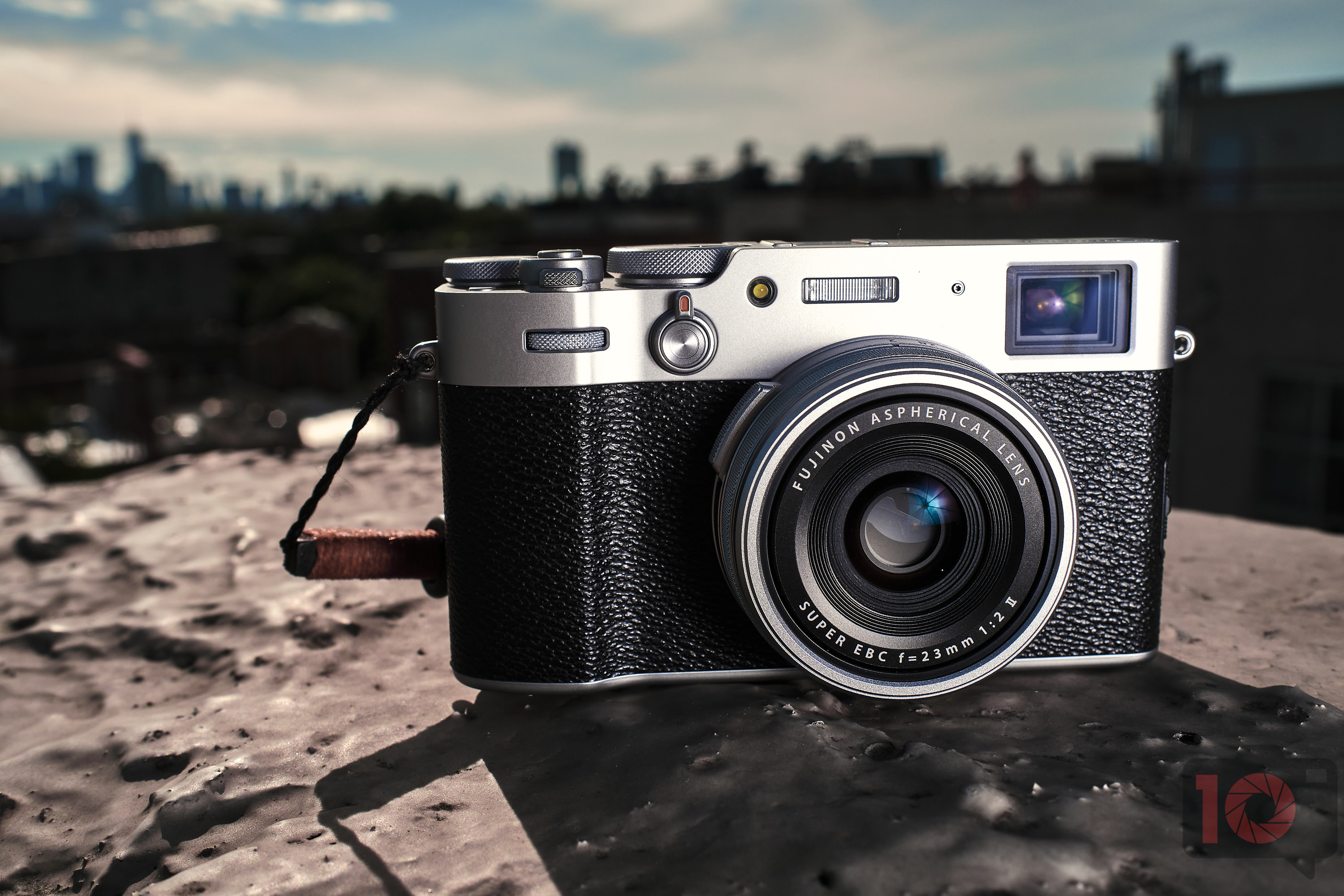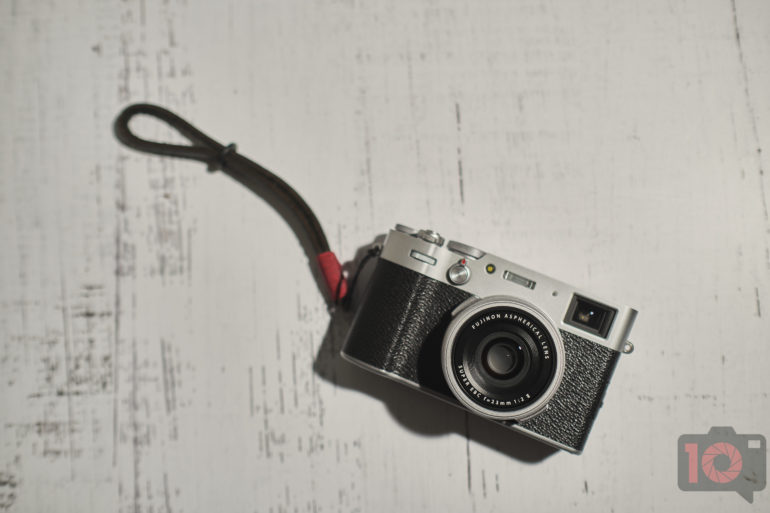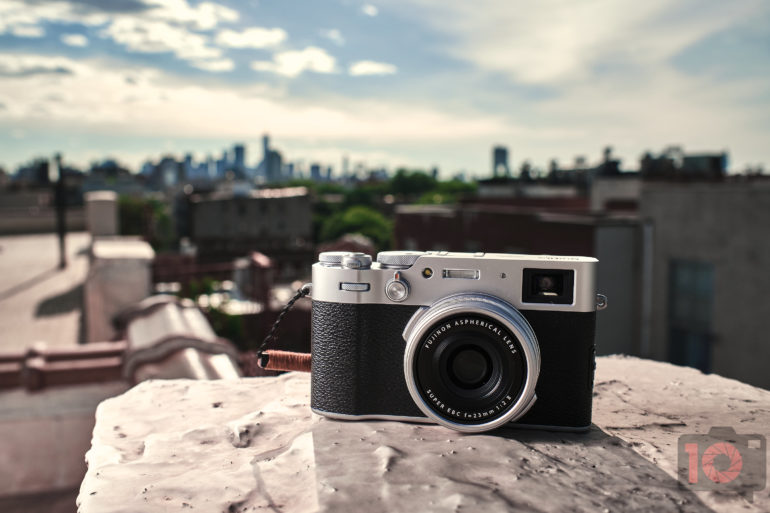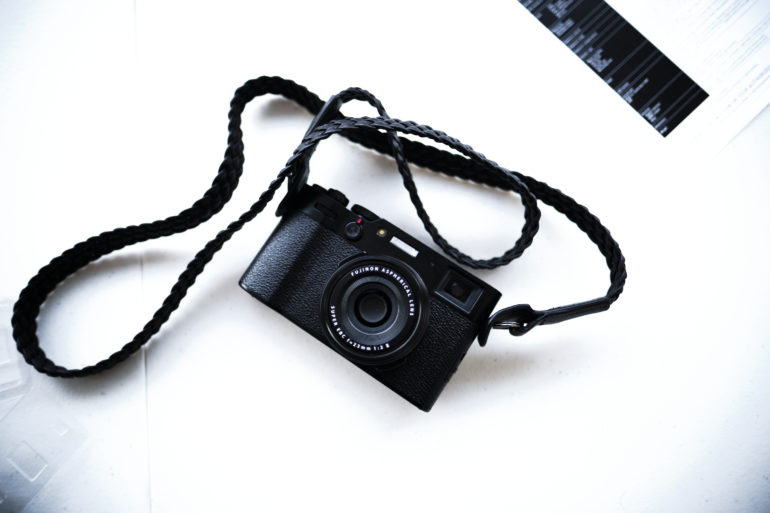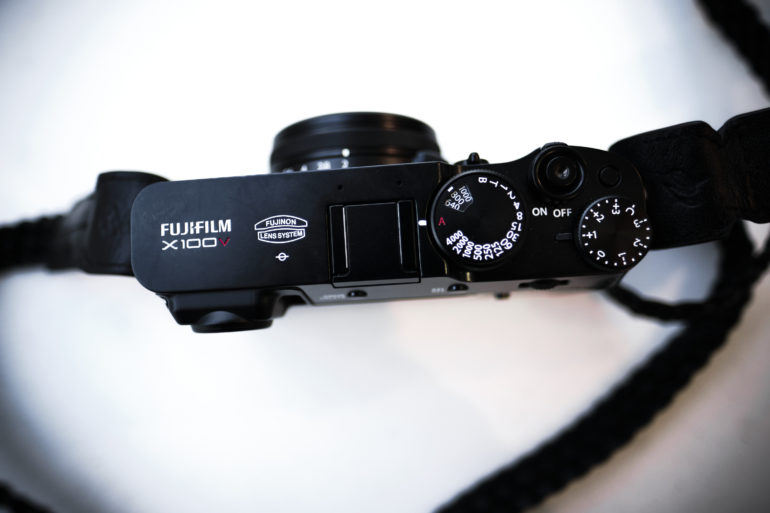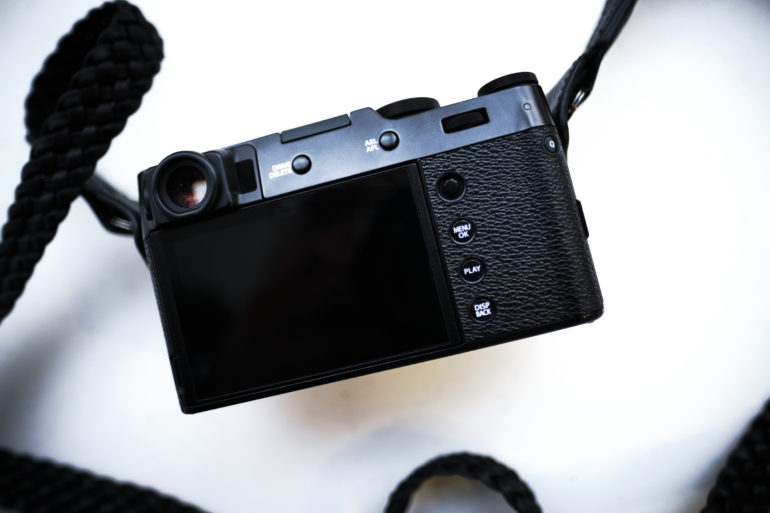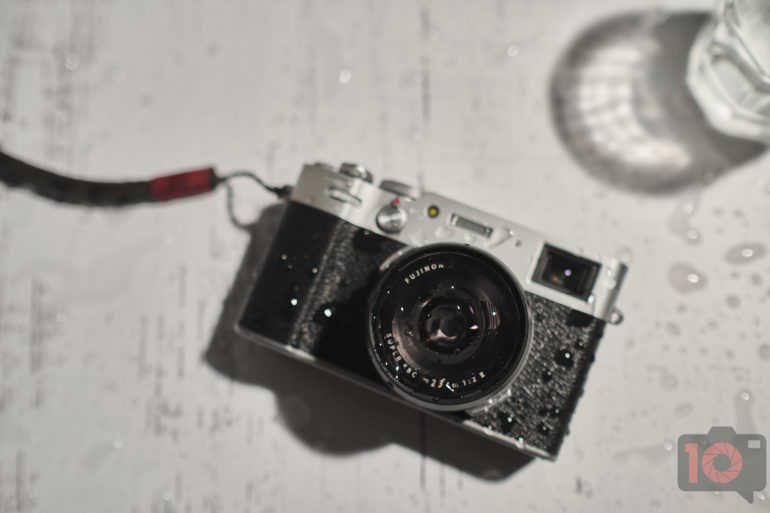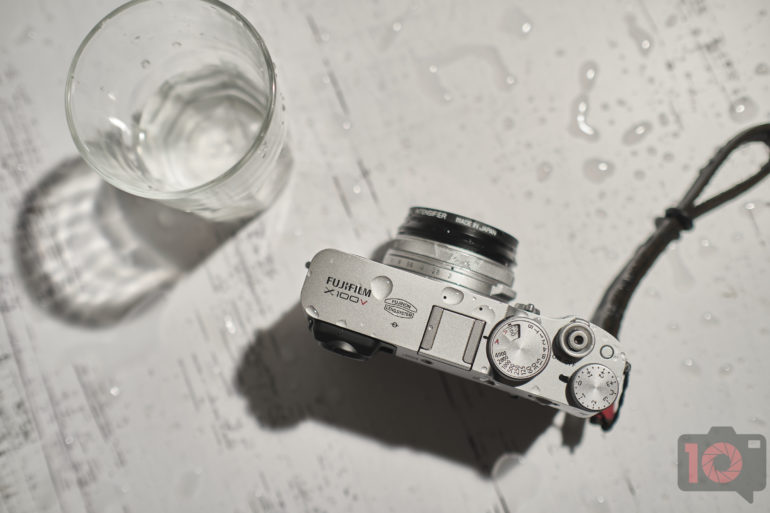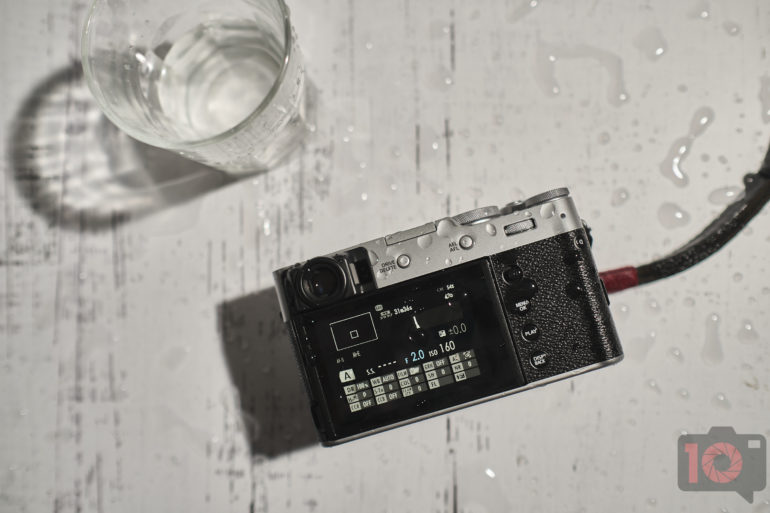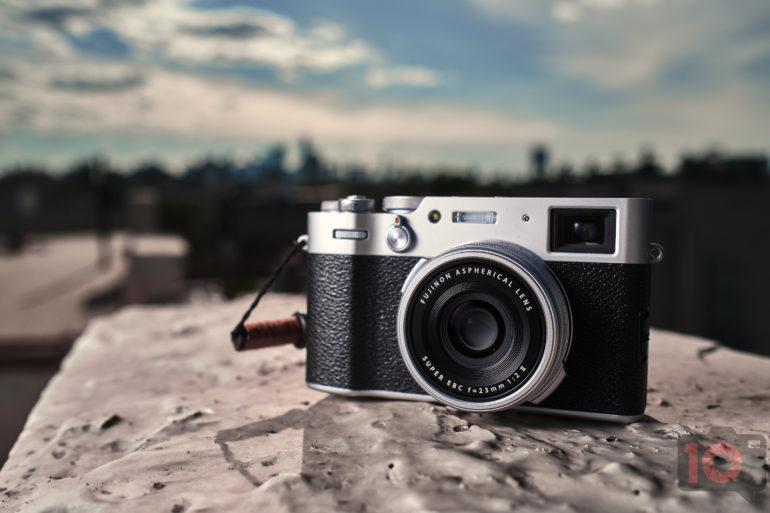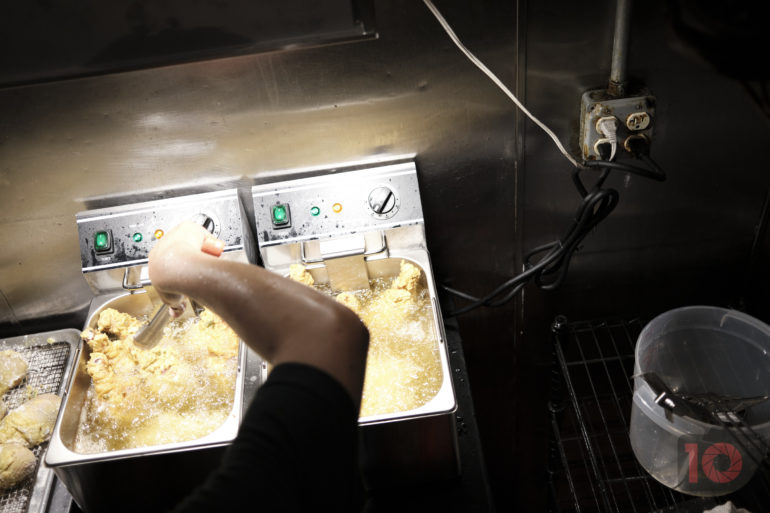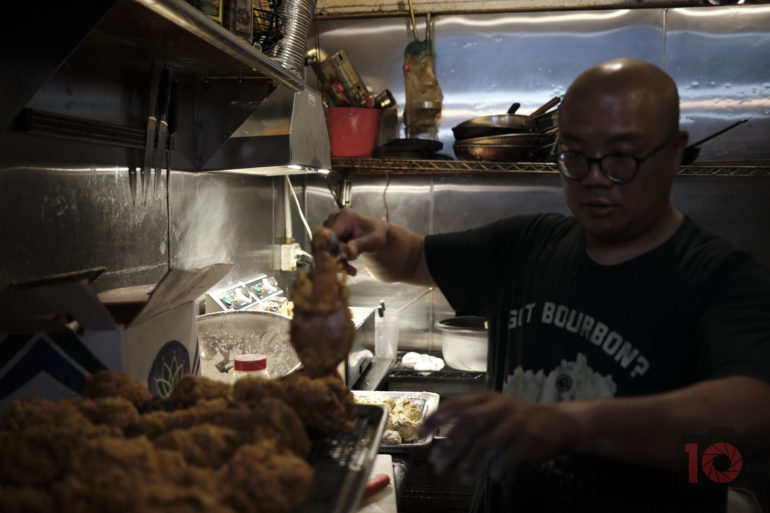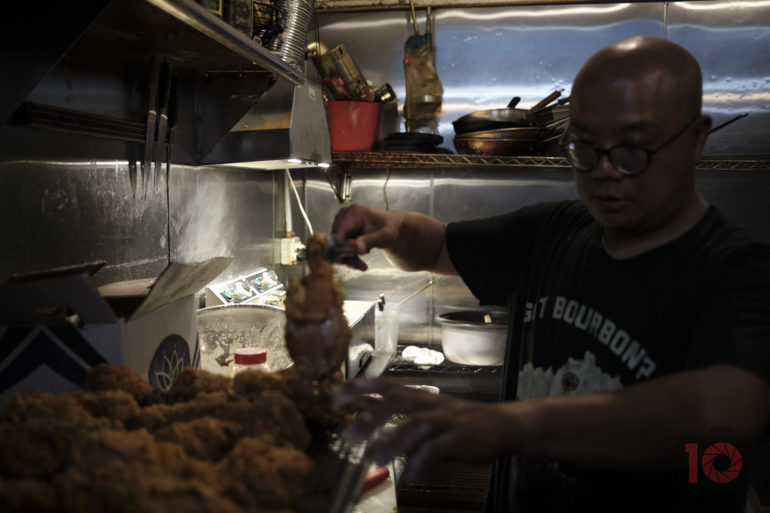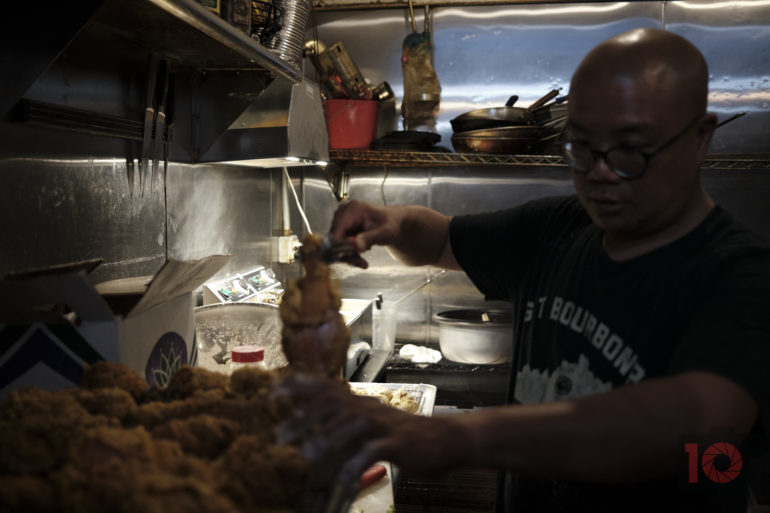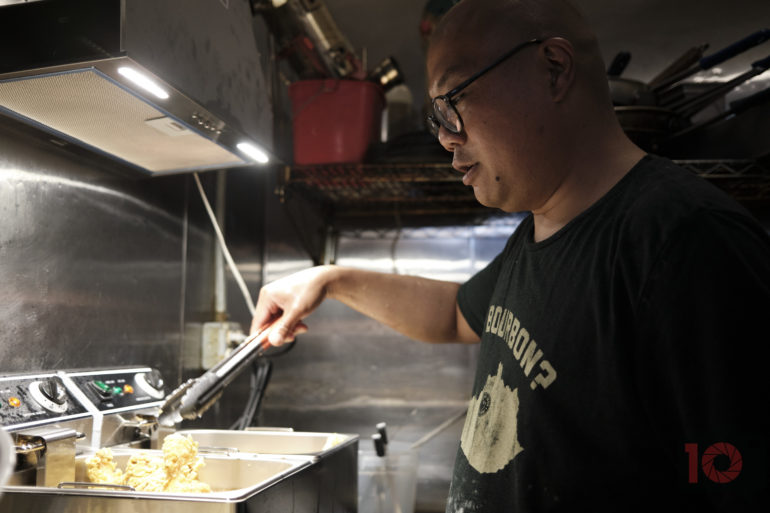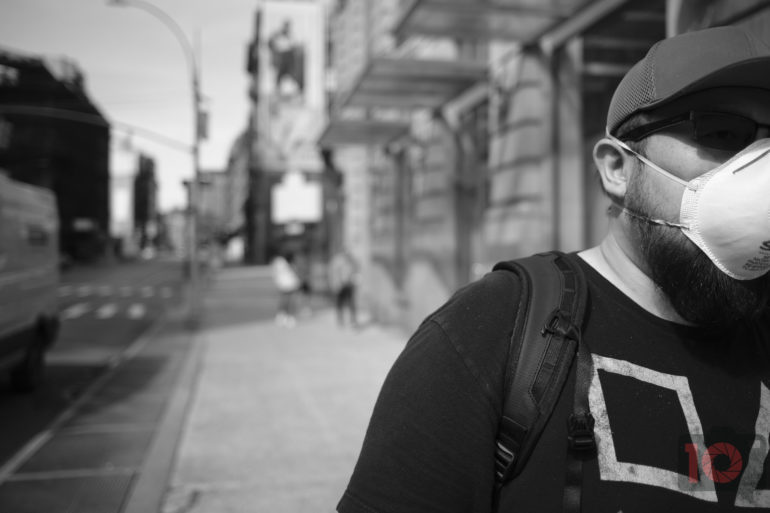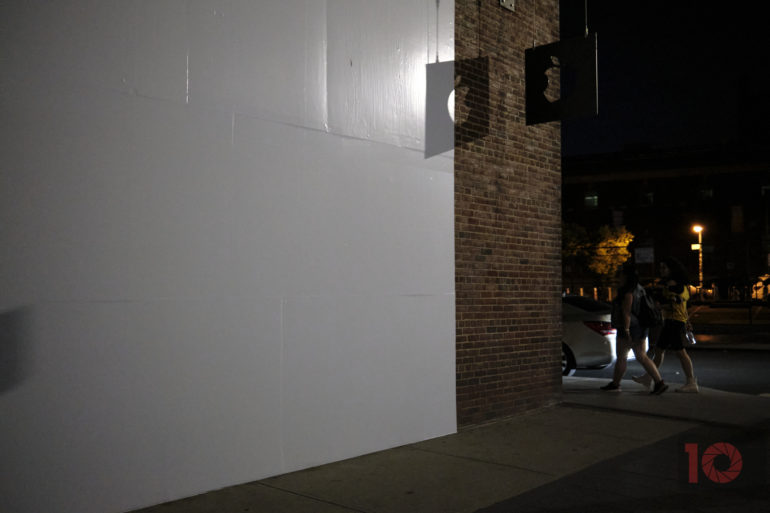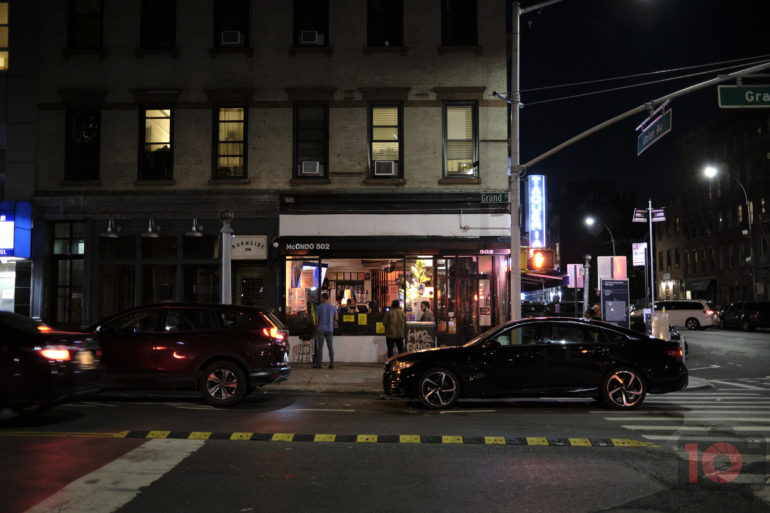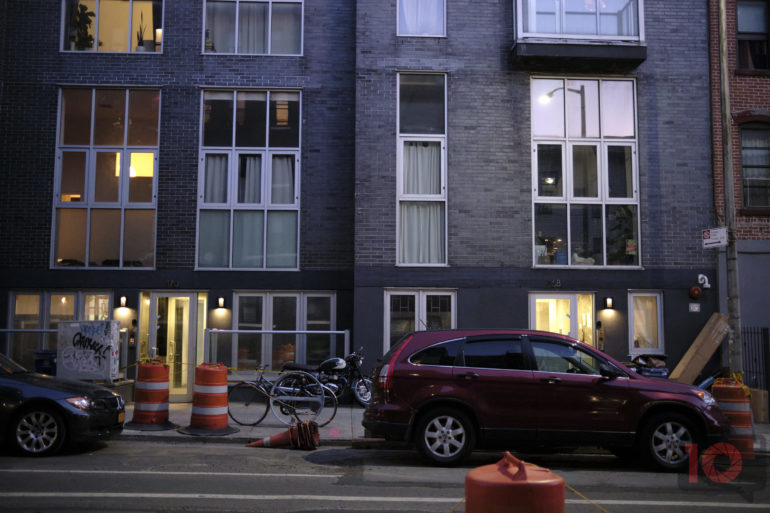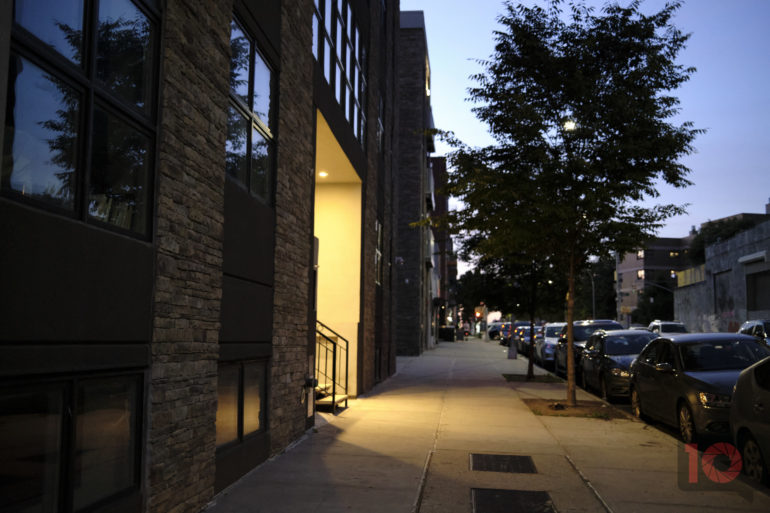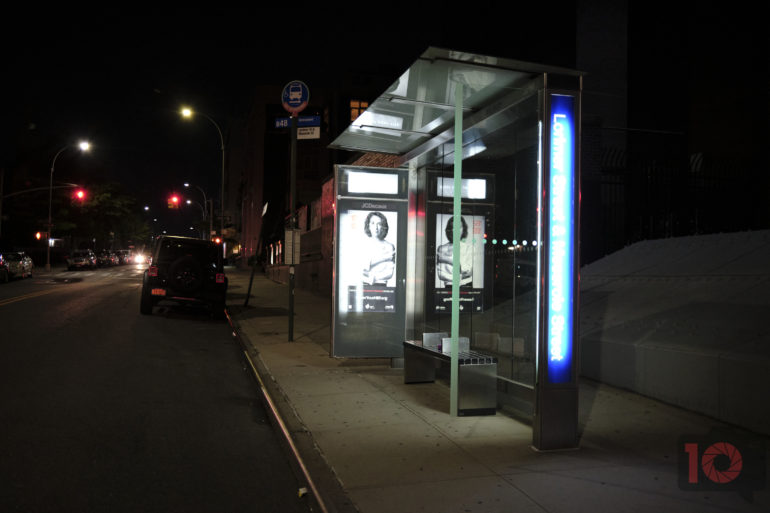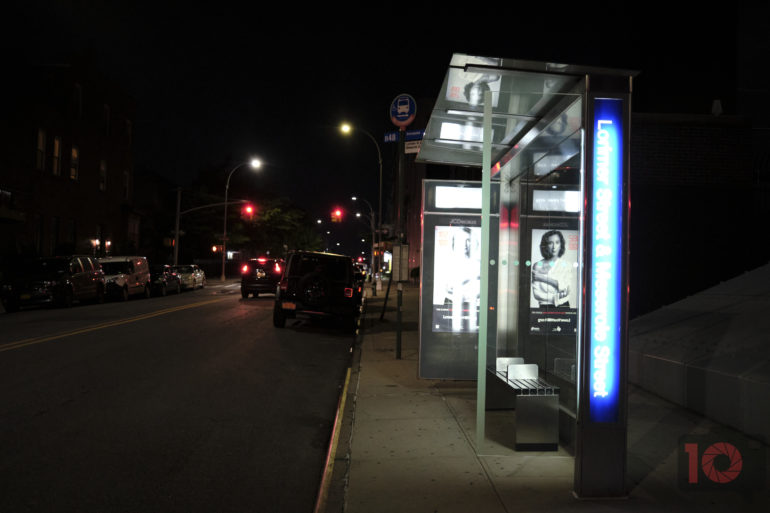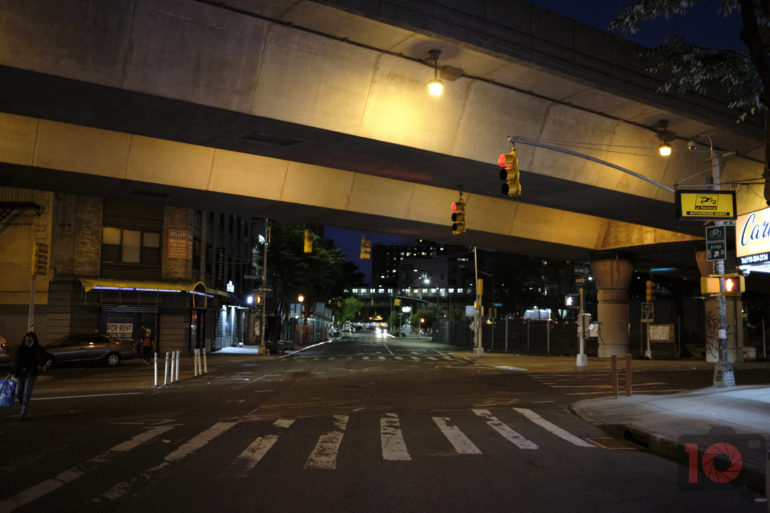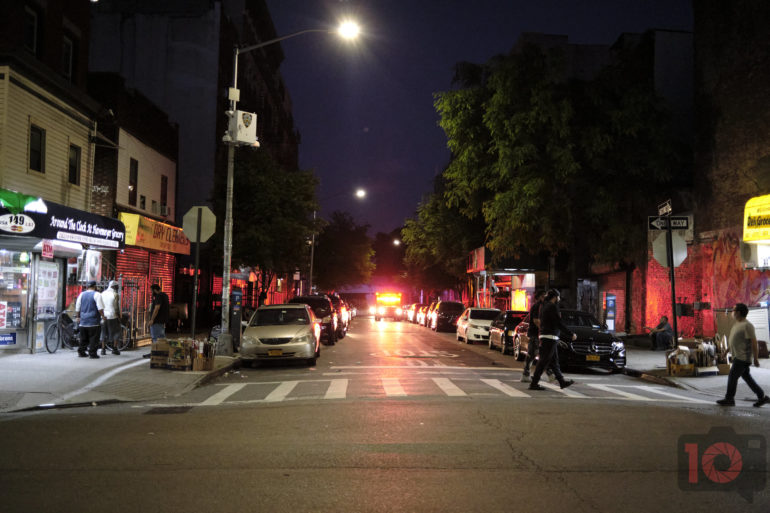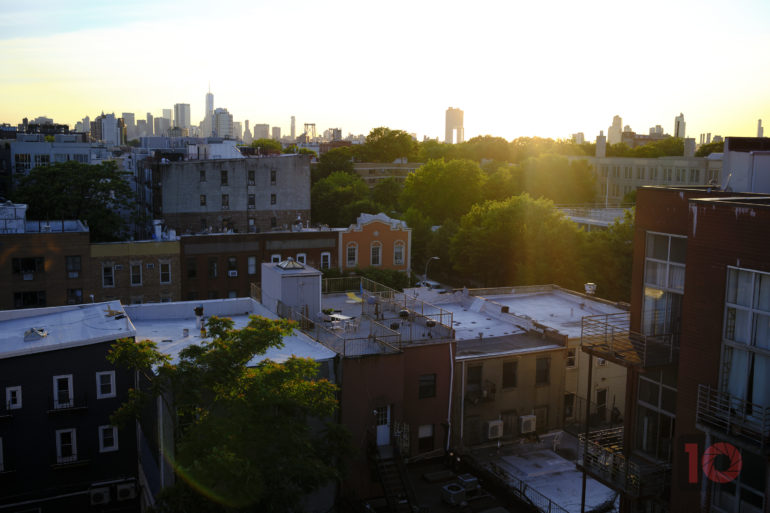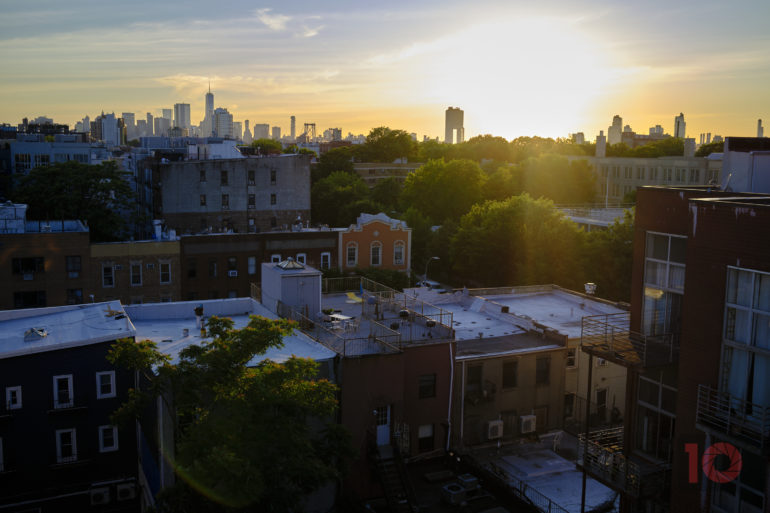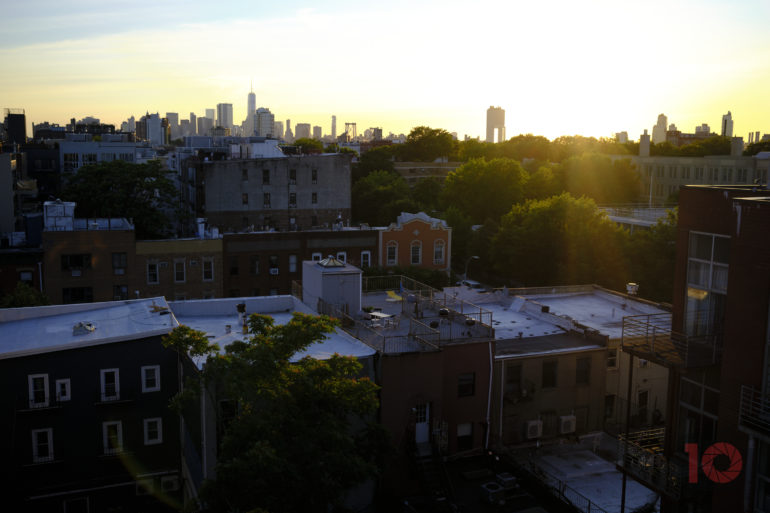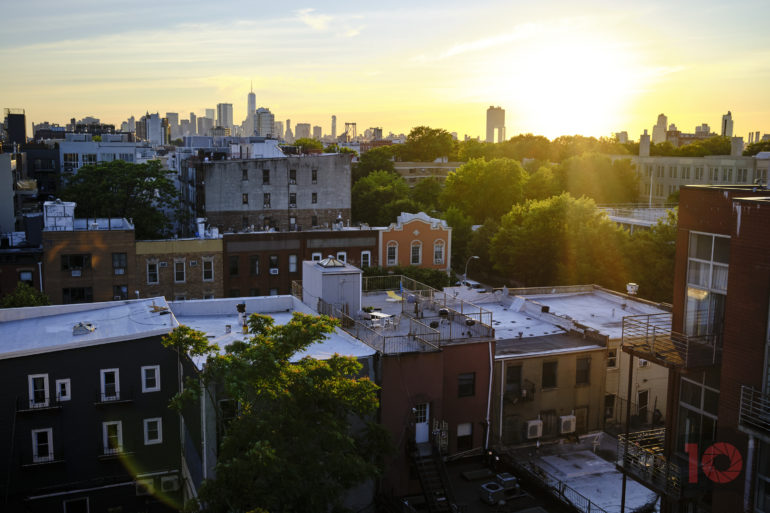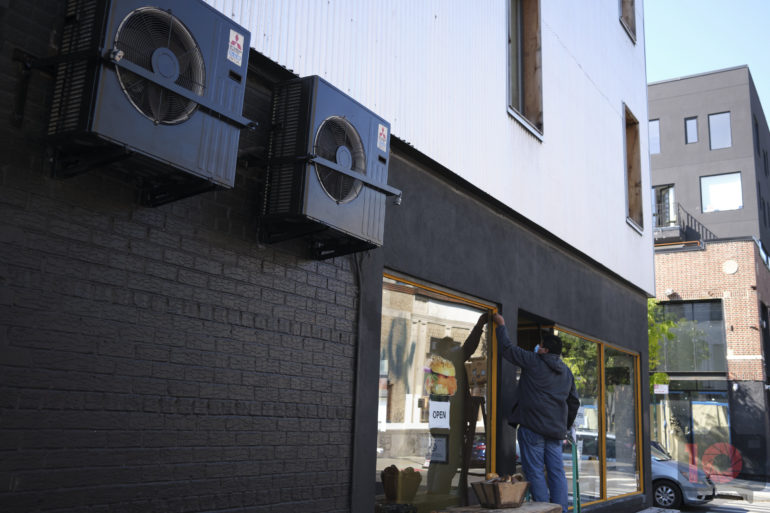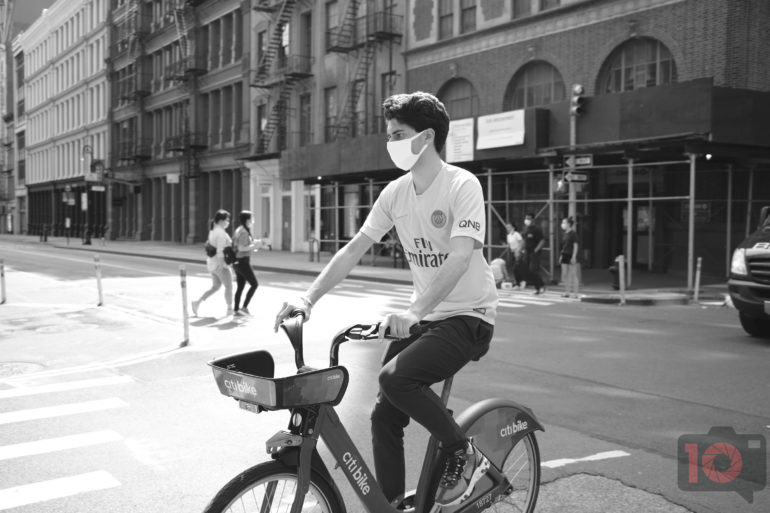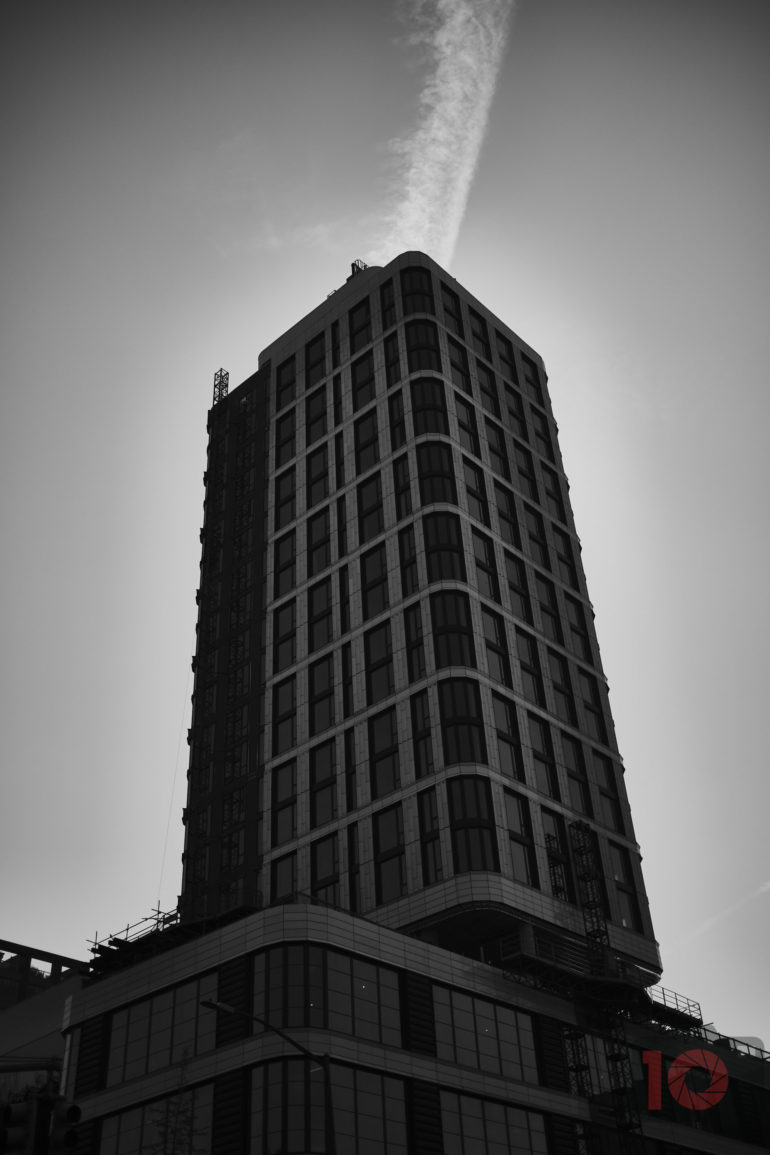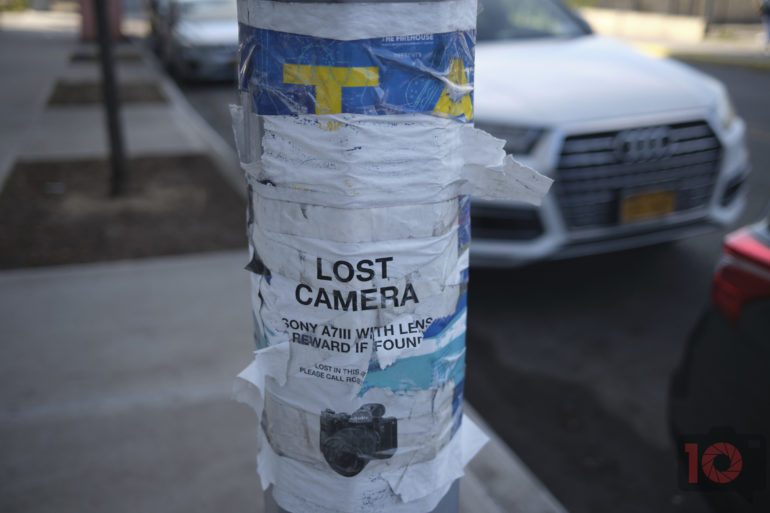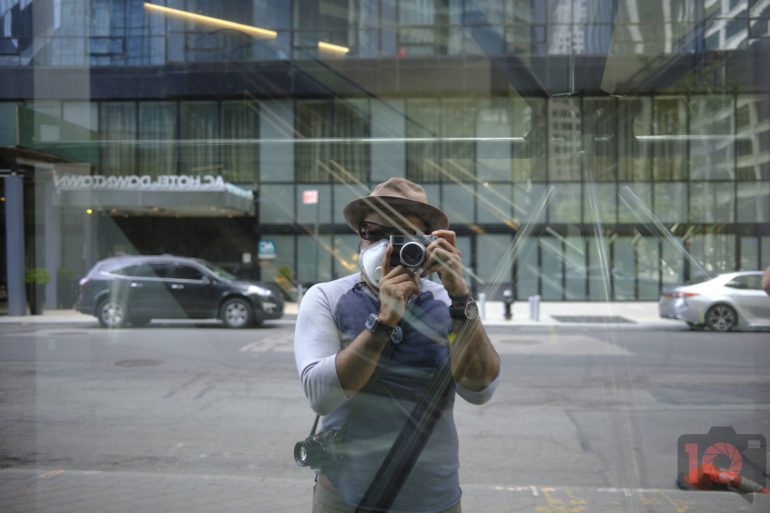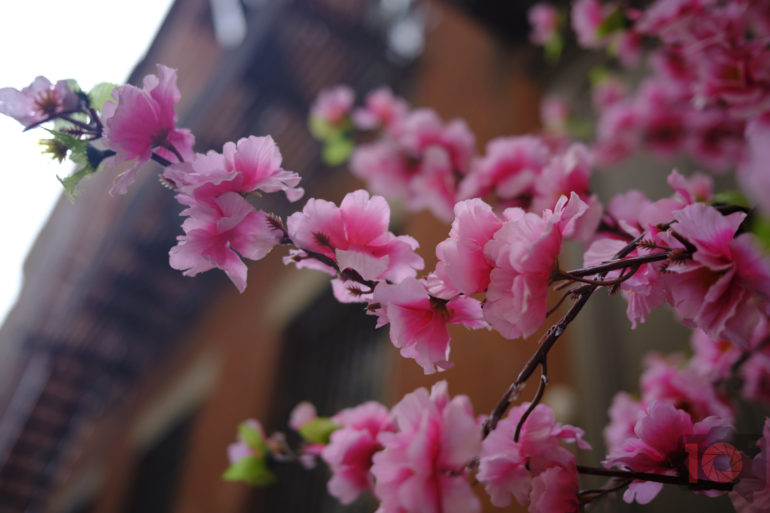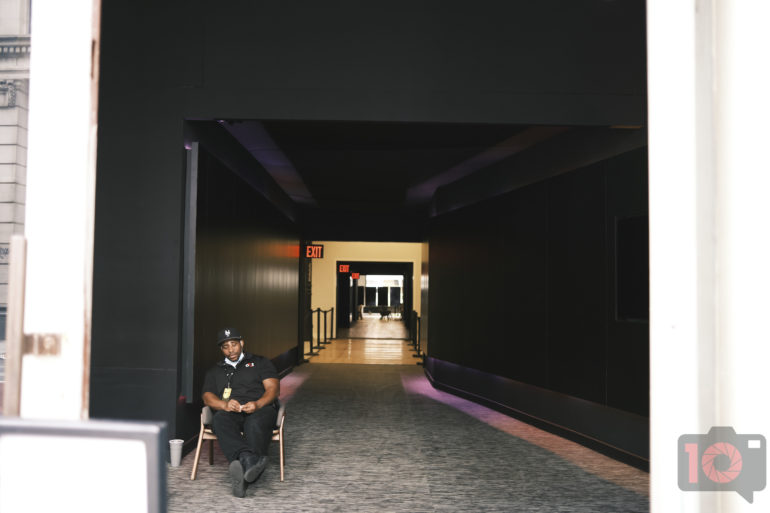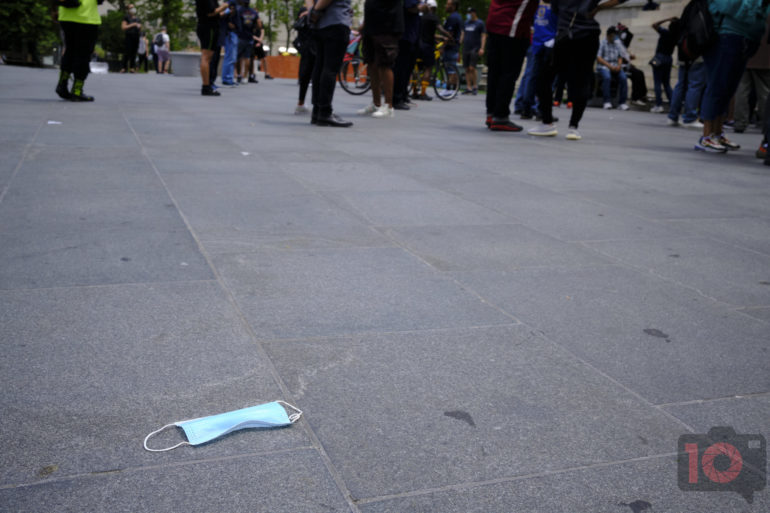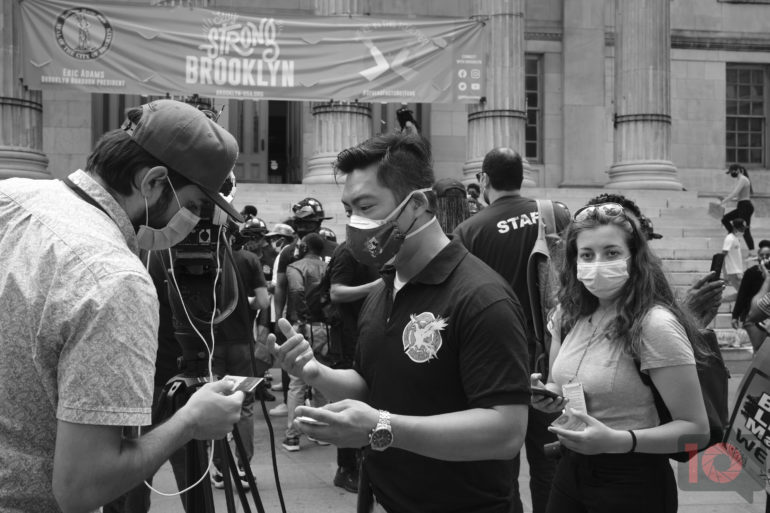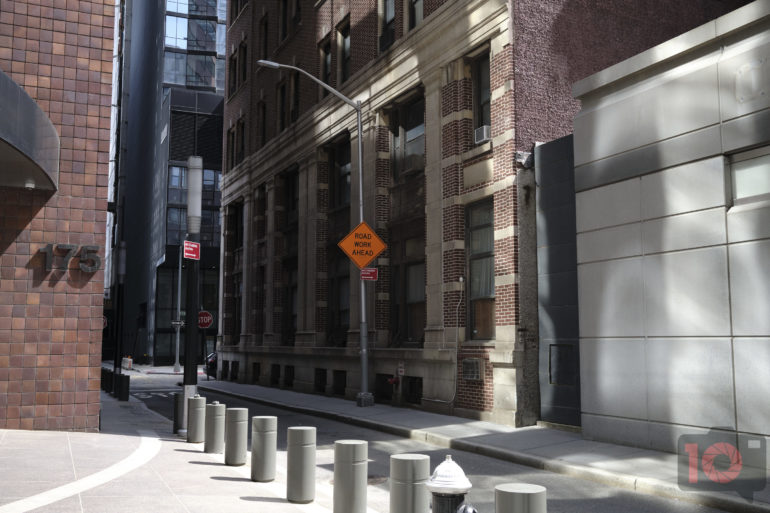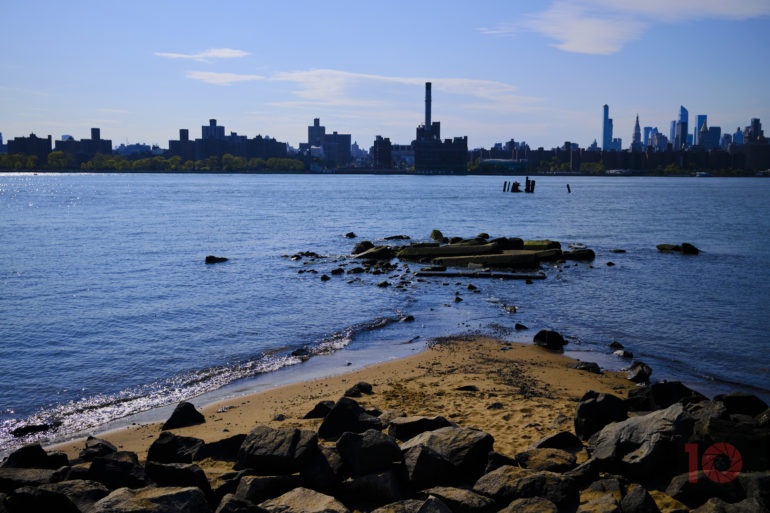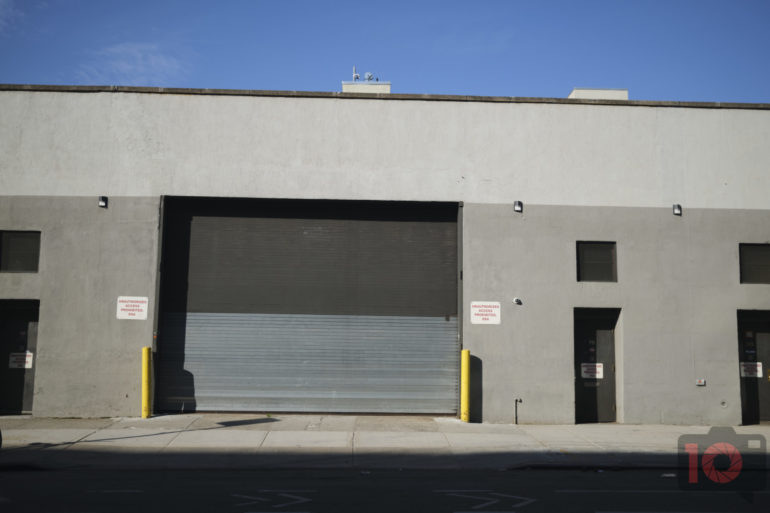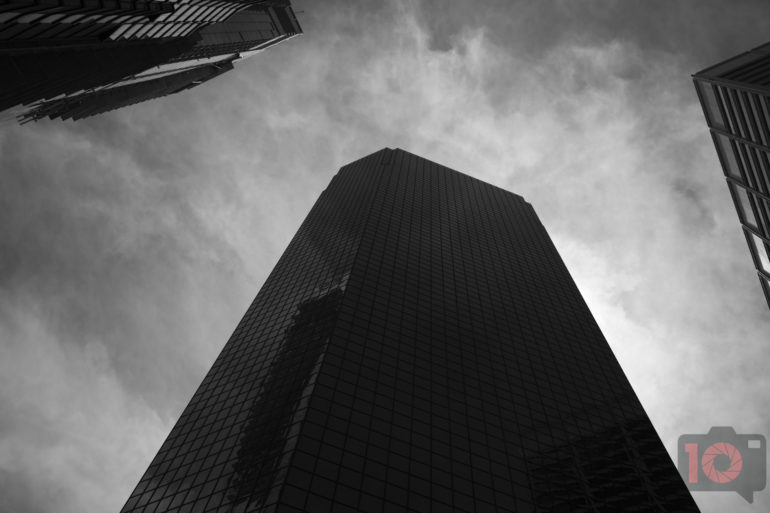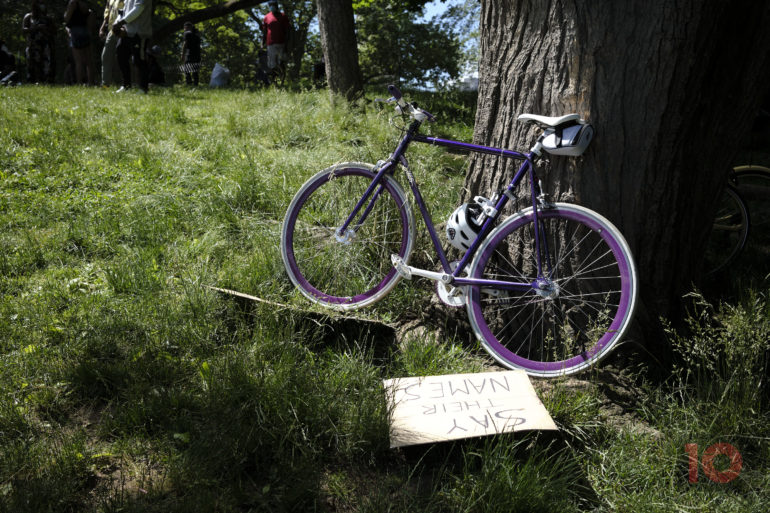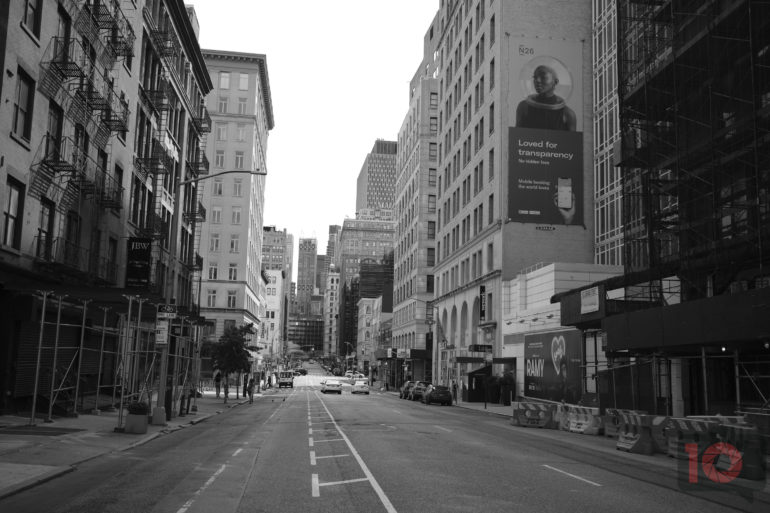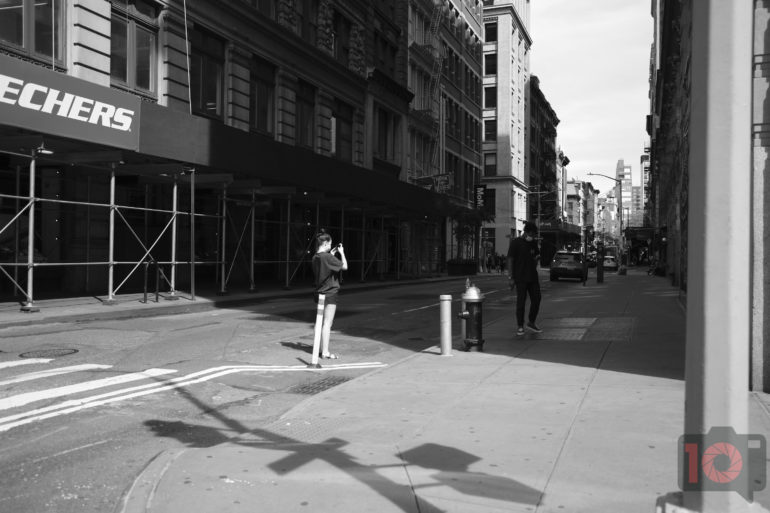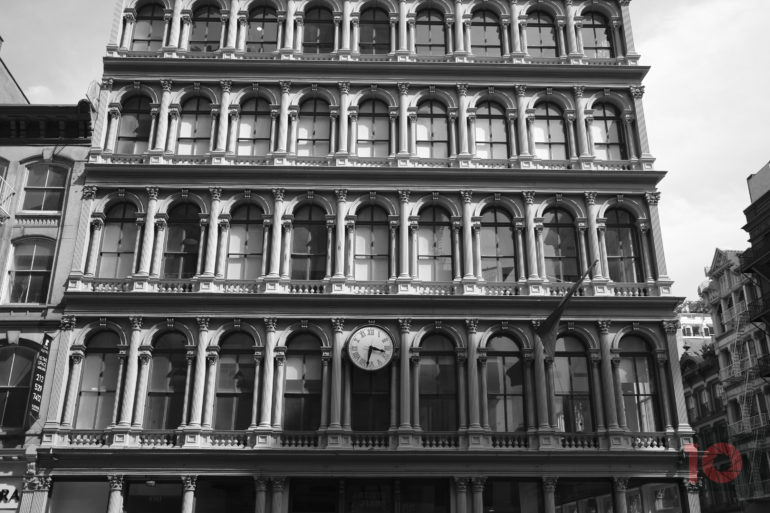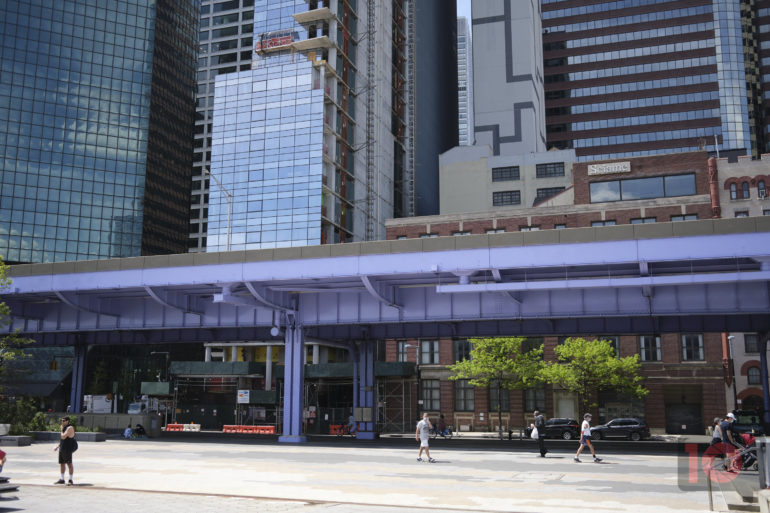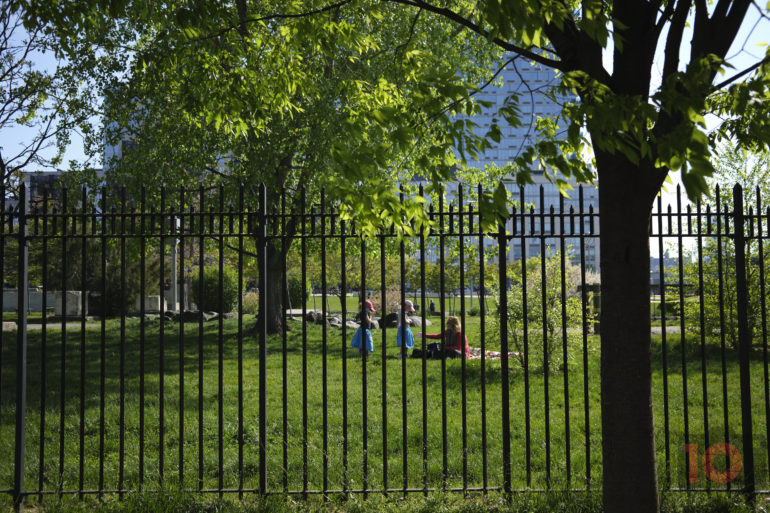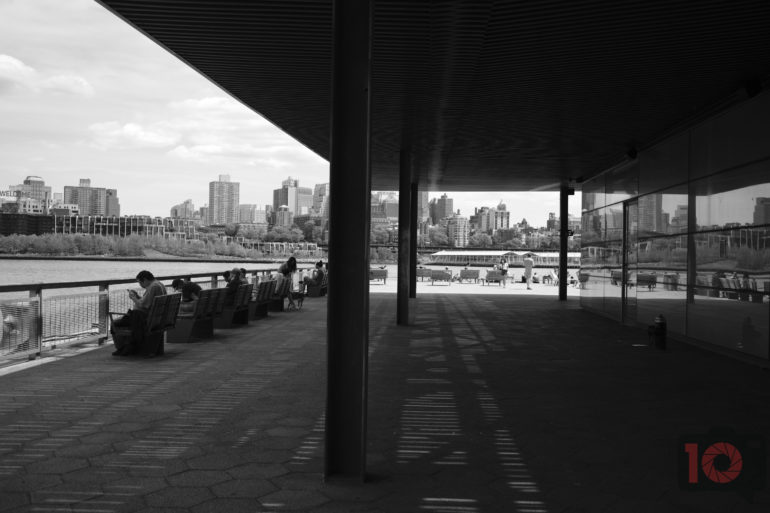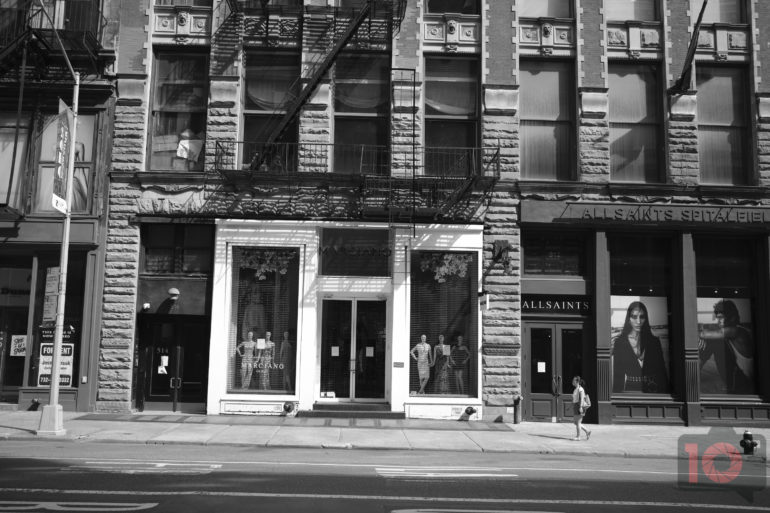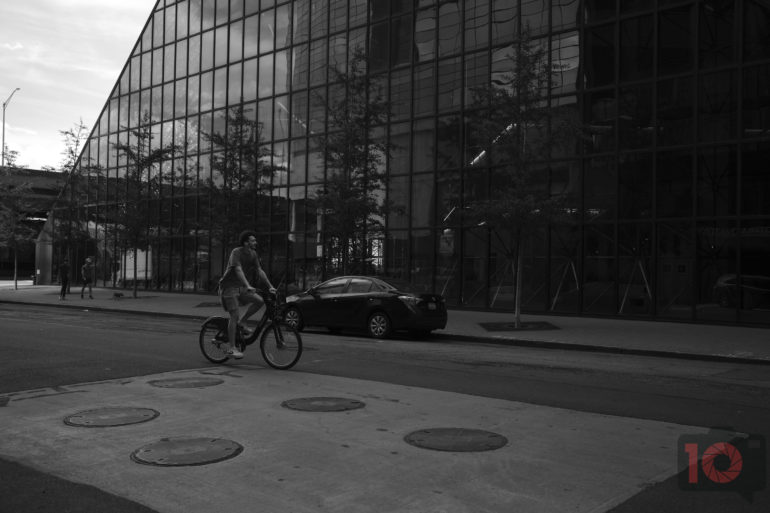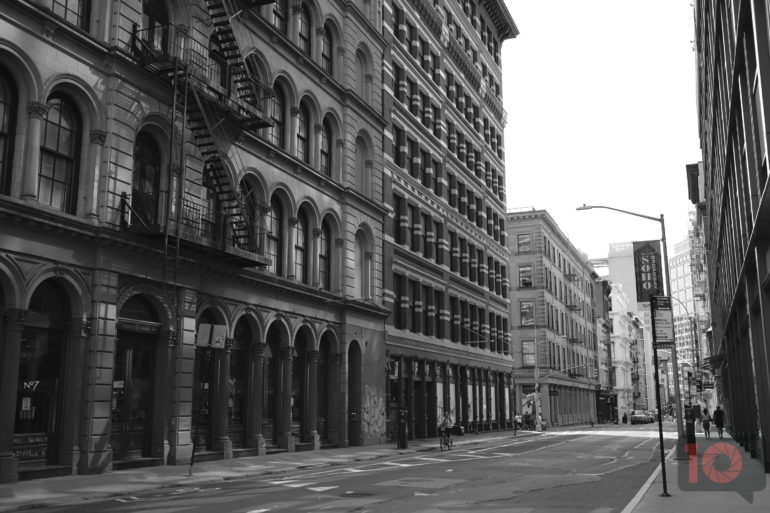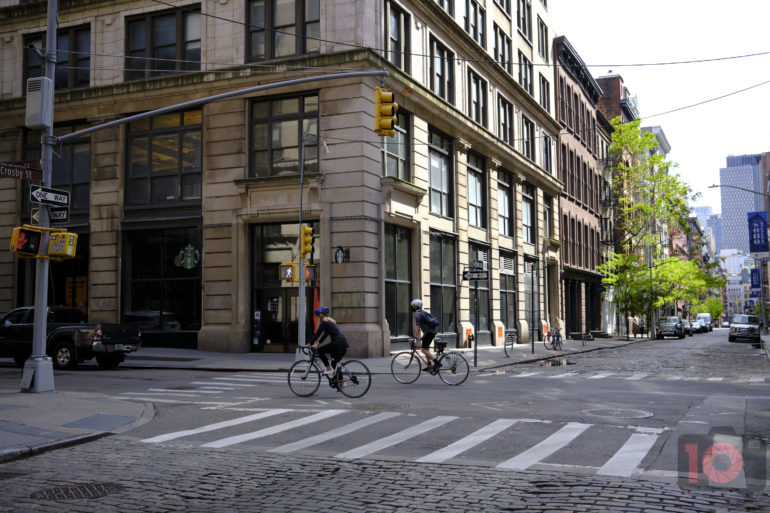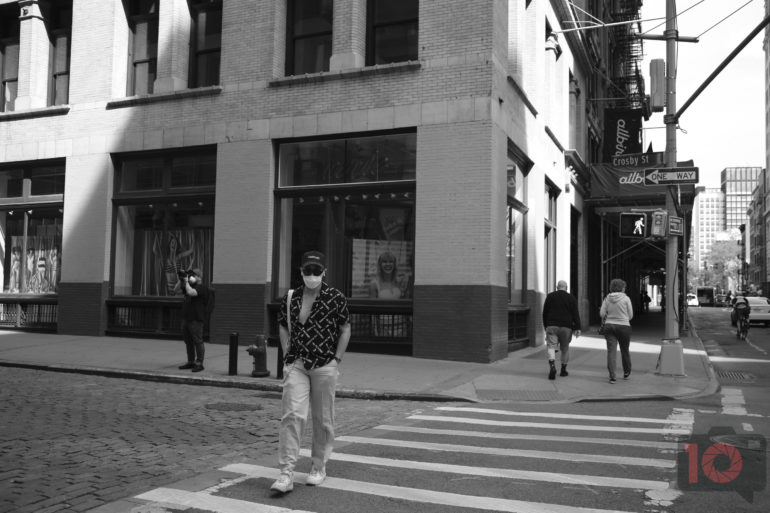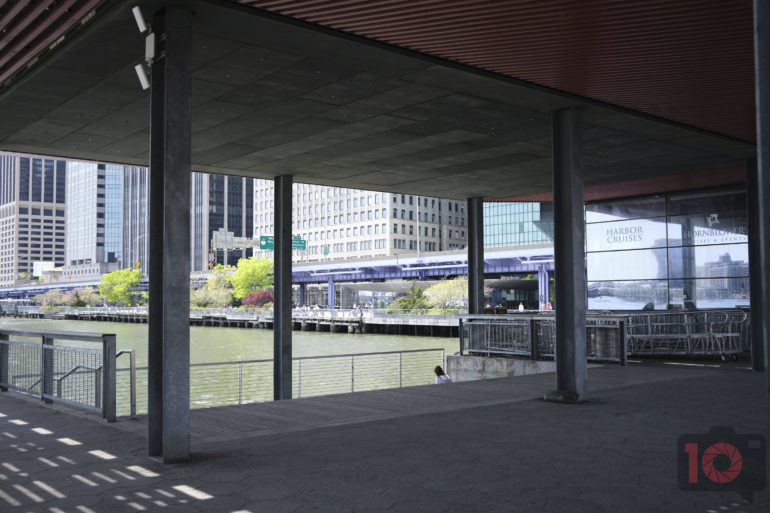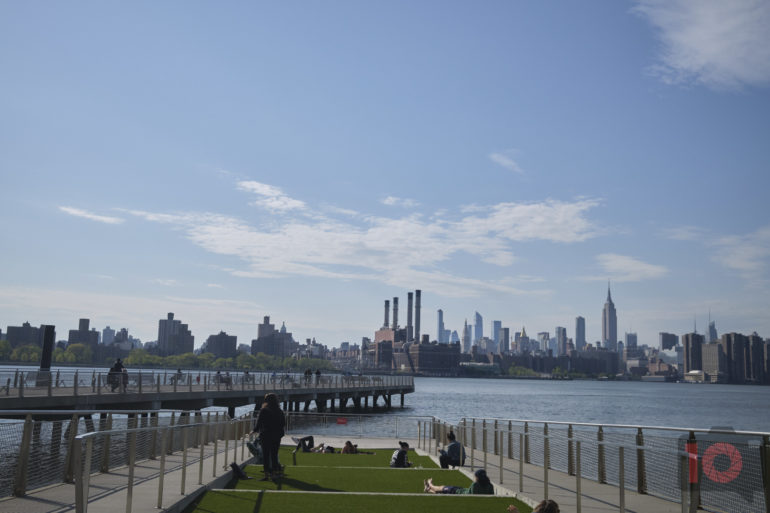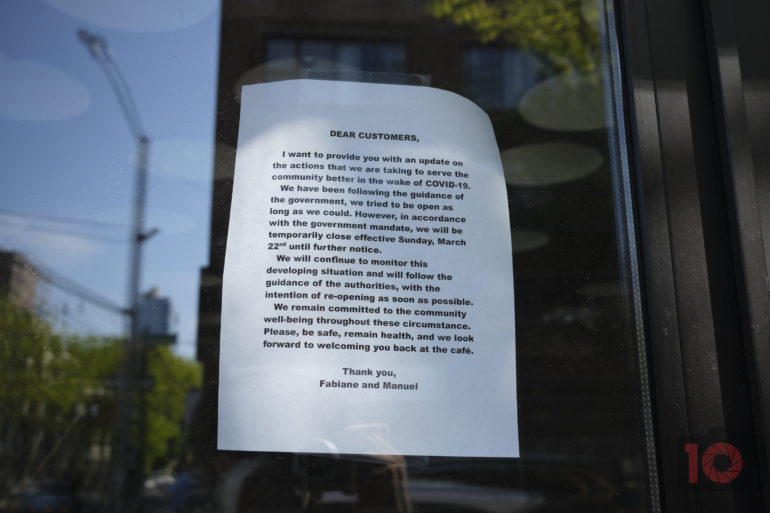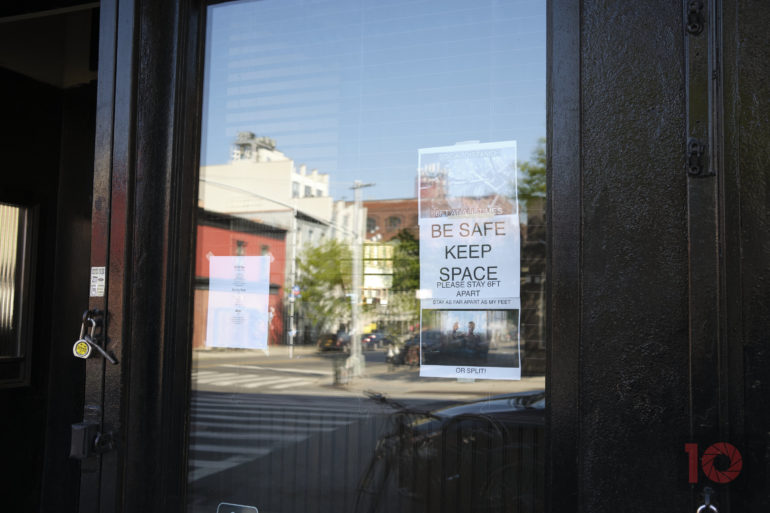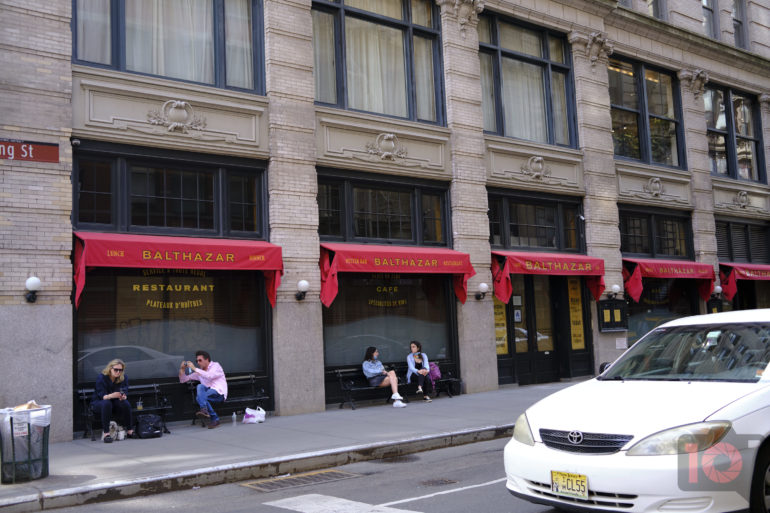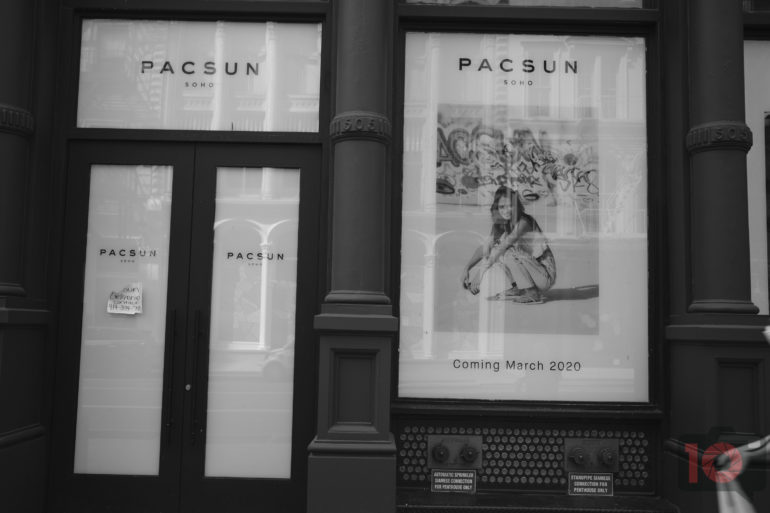Last Updated on 09/23/2023 by StateofDigitalPublishing
The Fujifilm X100V is a fantastic camera in so many ways, but it’s got a few minor setbacks.
Testing the Fujifilm X100V during the COVID 19 scare has been a pleasing challenge. Of the cameras that I’ve tested this year so far, this one has to be my favorite. The Fujifilm X100V has a whole lot going for it too. Besides the same 26.1MP APS-C sensor that’s in the X-T4 and the X Pro 3, this camera has a revamped 23mm f2 lens attached. This lens takes full advantage of the sensor. Plus it has revamps to the autofocus, decent battery life (though it could be better) and weather sealing. The sealing needs to be completed with a lens filter. But either way, it means that you have a product that’s super durable now. And how could you go wrong. The Fuji X100V is a fantastic package. And though it’s a camera that a photographer can surely dream about, it still has its setbacks. But the price is just right at $1,349.
Table of Contents
Pros and Cons
Pros
- Feels good in the hand
- Focuses quickly but the all wide tracking needs a revamp
- Beautiful overall
- I like this new ISO dial
- So simple to use
- Image quality is nice so far
- Built in ND filter option
- With the right tweaks the autofocus can be very good for street. I recommend tweaking the tracking sensitivity and using a specific spot set to the largest area and in the center. Then AF-C Mode.
- I’m finding autofocus with the OVF to be faster than with the EVF
- Touchscreen focusing is wonderful in protests
- At $1,349, it’s very worth it
Cons
- Battery life drains too fast
- Could use a leatherette grip and not this plastic fantastic stuff
- Exposure compensation dial needs a lock button
- Touchscreen menu is needed
- Maybe even a few more Fn buttons
- Viewfinder diopter adjustment doesn’t lock
- When you set the camera to viewfinder only for shooting and LCD for playback, the menu system works only in the viewfinder.
- There are situations where Image Stabilization would really benefit this camera due to the quick “hit and run” style of shooting
- LCD needs to adapt to lighting automatically
- Autofocus suffers in very low lighting and in zone setting. You need to use the focus point setting otherwise. This is where Canon and Sony are ahead still.
Gear Used
We tested the Fujifilm X100V by itself. It’s a point and shoot, so flying solo seems sensible.
Tech Specs
- 26.1 MP APS-C X Trans Sensor
- Single SDXC UHS1 card slot
- 14 Bit RAW files
- 23mm f2 lens (revamped)
- 3inch LCD screen
- 3.69MP dot EVF
- Same EVF/OVF as the X Pro 3
- USB-C
- Pretty much the same size as the predecessor
“The Fujifilm X100V has allowed him to continue his instinctive shooting style, which helps him create his fascinating, candid frames.”
5 Street Photographers Highlighting the Power of The Fujifilm X100V
Ergonomics
Taken from our First Impressions
The Fujifilm X100V is a camera that comes in both silver and black. Photographers who owned or used the previous one will feel right at home here. The front is even very similar to the previous version.
So what’s new? Let’s start with the lens. It’s a revamped 23mm f2 lens that renders a near 35mm field of view. This is the only place that doesn’t have full weather sealing. To get that, you’ll have to attach a UV filter. Fujifilm didn’t do that in order to keep the lens the same size.
Also new to the Fujifilm X100V is the way that the ISO dial works. Instead of lifting it and turning, you’ll just lift and it will stay raised. Then you can turn the knob to whatever your heart desires. And while you’re there, also check out the function button, the exposure compensation dial, shutter speed dial, hot shoe, and the on/off switch.
Turn to the back and you’ll find the main interface. Here you’ll spot the joystick, a few buttons, and the LCD screen display. There’s also the viewfinder there too.
The LCD screen on the Fujifilm X100V flips up in case you need that. And it surely does come in handy!
Build Quality
The Fujifilm X100V takes a major step forward in build quality by including weather sealing in the camera body. The only place where it isn’t sealed is at the lens. So to complete that you need to get the little filter adapter ring, and attach a lens filter. As you can see in these product photos though, it’s more than durable enough to survive this shoot–let alone a rainstorm.
In the hands, the Fui X100V feels fantastic. If you’re a rangefinder shooter, you’ll love it. If you’re used to SLR style cameras with big grips, this might not be the camera for you. But rangefinder style cameras are the ones that I prefer over SLR style.
One of my biggest complaints about the Fujifilm X100V is the placement of the exposure compensation dial. It’s either a bit too big–and therefore your thumb can accidentally switch the camera to an odd metering setting without your knowledge. Or, it can be fixed with a little locking button in the middle of this dial. This will really only affect you if you shoot in aperture priority. If you’re in manual mode then you have no need to worry at all.
For years, photographers who used compact cameras had only one option if they wanted weather resistance: purchase a second (or third, or fourth) camera that is weather resistance, and say bye-bye compact. What Fujifilm has done with the X100V is say it is possible to make a camera very durable and keep the size of a camera small
The One Reason the Fujifilm X100V Ups the Game for Me
Ease of Use
Right off the bat I’m going to say this: Fujifilm needs to embrace the touchscreen for what it is. They need to stop going along with the Sony philosophy and screens and instead give photographers full control over using the screen. This goes for the menu settings especially. It’s very enjoyable experience to use the touchscreen for shooting, but it ends there. I should be able to navigate through the menus quickly to the format section or the Wifi connection setting. Because of the lack of buttons, the touchscreen would make changes even better. There’s a quick menu, but having dedicated buttons to all the function that you want to control is so much better. In my case I’m speaking to Film simulations, the ND filter being on/off, and white balance.
Fujifilm addressed a big complaint of many a user with the ISO dial. It’s still built into the shutter but you can raise it up, turn it, and then set it back down again to lock it. It doesn’t need to be raised, held and turned like the X Pro 3. And that’s fine–the X Pro 3 isn’t for everyone but it remains to be my favorite digital camera of all the ones that I own right now.
What I’ve noticed is that some folks like to completely ignore the retro-style dials of Fujifilm cameras–such as with Fujifilm X-T4 users. Personally speaking, I think that the point of Fujifilm cameras is to use those dials. If you’re not going to, then you’re probably better off just going and shooting with Sony, Canon, Nikon, Leica, or Panasonic. The whole appeal of Fujifilm is to go for those dials. You’re supposed to be able to look at the camera and know that you’re shooting at 1/500th. And that philosophy is still strong with the Fujifilm X100V. Maybe I sound elitist, but I’m not really one to use a tool in a way that it’s not supposed to be used. That’s not to say that I don’t sometimes use a key to cut through the tape on a FedEx package; but I wouldn’t use the key if there’s a tab on the envelope for me to pull in order to open the damned thing to begin with.
Autofocus
The autofocus on the X100V is fantastic in both good and bad lighting. I was able to successfully track a subject in extremely low light while moving. But I think that folks should really keep something in mind. In my opinion, the AF Wide + Tracking option is pretty useless unless you’re in AF-S mode. Instead, you’re better off using the Zone and AF-C option to get someone in focus that’s moving. The Fujifilm X100V did a great job at this. But otherwise, shooting with the single focusing point is great. If you’re shooting events or street photography, that’s how you’re going to want to shoot. What I also noticed is that oddly enough, it was faster to focus in the OVF mode than the EVF mode. It’s slight, but noticeable.
Here’s a test of my buddy Tyson cooking and moving around in super low light of a restaurant kitchen.
As you can see below, Paul is tracked pretty well by the camera.
Where I think that Fujifilm can continue to improve is with creating a mode that’s similar to Sony’s Wide focusing mode. That option looks at the entire scene and figures out what to track. This is best for face detection when you’re doing a shoot with someone. This can also translate well to street. As you can see in the image below, it tracked the man and his dog running very well.

Overall though, I don’t have a single complaint about the Fujifilm X100V’s autofocus. Sure, it can suffer in really, really low light when tracking or in AF-C. But most cameras do. In single focus, it’s a shining star in the darkness. Keep in mind though that it’s not perfect. Will there be misses? Totally. But you’re going to be happy with the majority of the focusing.
Image Quality
The Fuji X100V has the latest APS-C X Trans sensor and has lots of great tweaks. It’s not like the X Pro 3 and it’s also not like the X-T4. While it has all the Film simulations of the X Pro 3, it doesn’t have the Clarity option–which is something that I really like. If you’re shooting in Acros mode, you’ll get stunning photos with the clarity boost. It also doesn’t have the Bleach Bypass look that the X-T4 does. Despite all this, it means nothing without a solid lens. Thankfully, Fujifilm revamped the lens on the X100V quite a bit. It’s sharper and can resolve all the megapixels on the sensor. It does all this while remaining super thin. That will make all the Fuji fanboys very happy. The Fujifilm X100V series of cameras have been used for professional work before. In fact, a photographer won awards with it at the recent World Press Photo awards. So if it’s good enough for the press, it’s more than good enough for most hobbyists, semi-professionals, and enthusiasts.
High ISO Output
17×22 prints from the Fujifilm X100V are fantastic. Specifically, we printed images at ISO 6400 on the Canon Prograf-1000 and Canson Infinity Baryta Photographique II. They’re well detailed and clean, but we have to admit that we’ve seen prints from full frame sensors that are more detailed. Either way, it’s fine. I just wouldn’t print super duper large. Like, I wouldn’t print something twice your height and width at ISO 6400.
Digitally speaking, you start to see color noise at ISO 12,800. But otherwise, you can’t really complain. It’s cleaner than some Leica cameras that I’ve used with full frame sensors. That’s really saying something–especially because this is an APS-C sensor. In some ways, I think that Fujifilm has gone back to their roots with X Trans in that they’re stating you can get full-frame performance with the sensors. It’s taken while, but they did it. And they did a fantastic job.
RAW File Versatility
We tested these RAW Files in Capture One 20. And we’re pretty happy with the RAW file versatility that we got here. In each situation, we were able to get pleasing photos of the cityscape in Brooklyn during the sunset. We didn’t use the ND filter or even a graduated ND filter. Instead, this is purely from the RAW files with tweaks being done. We’re not doing masking in these files. It goes without say that photographers will be treated to very capable RAW files.
Sharpness
The sharpness of the newly revamped 23mm f2 is fantastic. We’re so happy that Fujifilm decided to revamp the lens because the previous generations really needed it for two different product cycles at this point. The only way that you can make this lens even sharper is by using a flash. Luckily, the Fujifilm X100V has a leaf shutter. So it can sync at pretty much any shutter speed that it allows and corresponds to the aperture. We didn’t decide to use this lens with the Profoto B10 that we keep around because, well, that makes no sense. Nor did it seem to do so with the Godox light that we have. But what really irked us is that it doesn’t work with the detachable pop-up flashes that Fujifilm includes with other cameras. In my eyes, it should be an obvious no-brainer. But I guess I assumed incorrectly.
However, what I’ll admit is that even though the lens got sharper, I don’t think that the optics of the ND filter built into the lens were upgraded. I feel like they soften the images that I shoot. So keep that in mind.
Bokeh
I don’t really think that the Fujifilm X100V will be used to get bokeh. Nor do I believe that the users of this camera care too much for it. But you can get it. This photo was shot using the built in ND filter. The bokeh is beautiful.
Chromatic Aberration
What’s nice about this revamped lens is that I didn’t really find any distortion majorly jumping out at me. The X100V has a profile in Capture One 20, and even when turning the distortion control all the way up, you’re only affecting the outermost corners. It’s negligible. Better yet, there’s no color fringing either.
Extra Image Samples
Conclusions
Likes
- The size is just right
- Image quality
- Weather Sealing
- EVF and OVF are very nice
- Autofocus
- The feel in the hand
Dislikes
- Battery life could be a bit better
- I wish the camera were weather sealed from the start and didn’t require a lens filter to do so
- I wish the touchscreen were more capable
- The exposure compensation dial needs to lock
The Fujifilm X100v is the closest thing that we have to a perfect point and shoot on the market. It’s got great autofocus capabilities, wonderful image quality, weather sealing, a revamped lens, and a simple interface. What more could you need?
Well, it could do with a few more buttons, a lock on the exposure compensation dial, better battery life, and a closer look at how they can revamp the weather sealing to be even better. I adore this camera; and if I had to spare change lying around, I’d buy it. The Fujifilm X100V proves to us that you don’t need full frame to compete despite more and more advancements centered around it.


The Fujifilm X100V wins Editor’s Choice award and five out of five stars. Want one? Head over to Amazon and pick one up.


